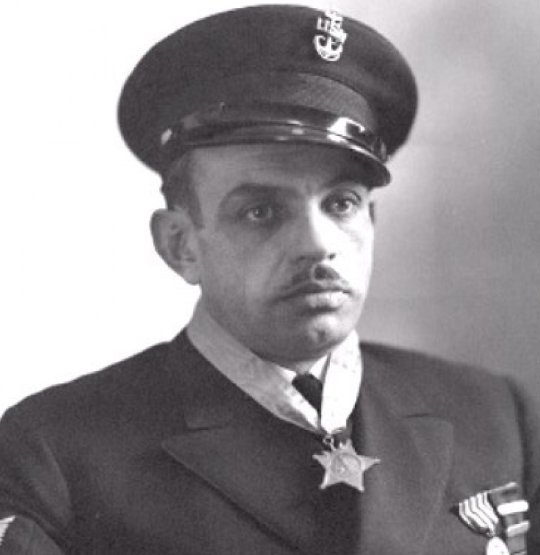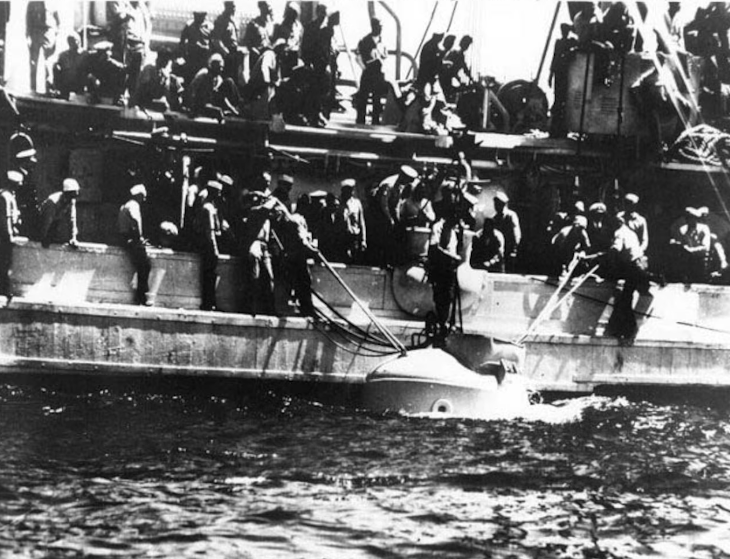
The actions for which this week’s DoD featured Medal of Honor recipient was awarded our nation’s highest military decoration are somewhat different than for most Medal of Honor recipients, but nevertheless heroic and fascinating.
The citation accompanying Chief Boatswain’s Mate* Orson Leon Crandall’s Medal of Honor presentation reads:
For extraordinary heroism in the line of his profession as a master diver throughout the rescue and salvage operations following the sinking of the U.S.S. Squalus on 23 May 1939. His leadership and devotion to duty in directing diving operations and in making important and difficult dives under the most hazardous conditions characterize conduct far above and beyond the ordinary call of duty.
And indeed, on May 23, 1939, Crandall displayed extraordinary heroism and skills when the diesel-electric submarine USS Squalus, while practicing submerging at high speeds near the Isle of Shoals, suffered a catastrophic valve failure and sank about 240 feet to the ocean floor with 56 crew members and three civilian contactors.
Risking his own life “under the most hazardous conditions,” Crandall — along with three other master divers – rescued 33 souls during a 13-hour period.

Crandall and other divers and salvage crews would continue to work over the next three months “to bring the Squalus back to the surface and retrieve the remaining 26 men stationed at the rear of the vessel who didn’t survive.”
Please read here Katie Lange’s account of the heroic actions that merited the award of the Medal of Honor to Crandall and three other master divers: Chief Petty Officer William Badders, Lt. Cmdr. John Mihalowski and Lt. James Harper McDonald.
*Orson Leon Crandall achieved the rank of Navy Lieutenant.
















